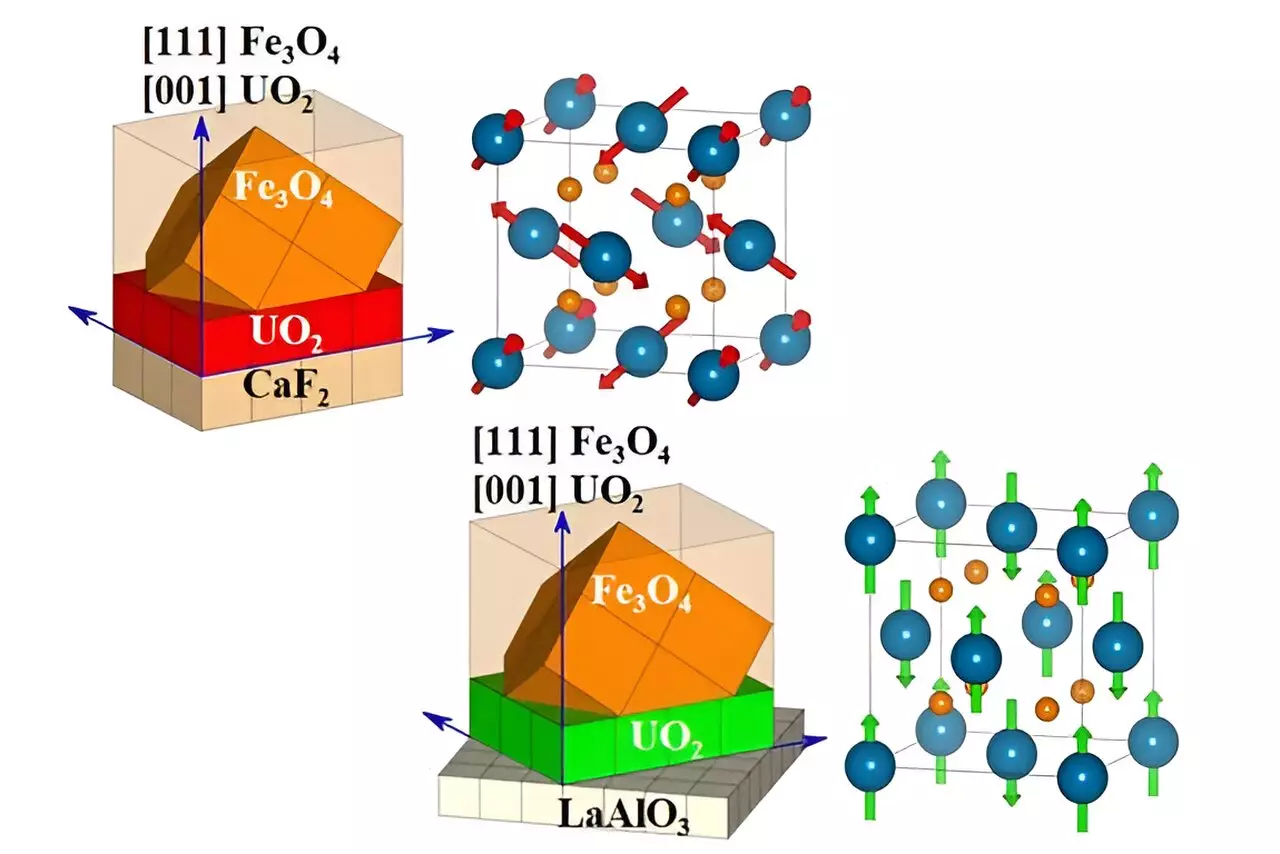In the realm of electronics, the manipulation of electrical charges is a fundamental aspect of technological advancement. However, researchers have begun to delve into the world of spintronics, where the properties of electron spin are utilized to control electronic currents and signals. This emerging field has opened up new possibilities for electronic technologies, paving the way for innovative research and development.
A recent study conducted by an international research team, which included members from TU Wien and the Czech Academy of Sciences, has made a significant breakthrough in the field of spintronics. By applying surface strain to an antiferromagnetic material, the researchers were able to manipulate the spins within the material, potentially leading to new avenues of exploration in electronic technologies. This groundbreaking research has been published in the prestigious journal Advanced Functional Materials.
Within the realm of magnetism, there are different phenomena at play. While ferromagnetism is well-known, where atomic spins are aligned in parallel, antiferromagnetism presents an opposite scenario, where neighboring atoms have opposite spins that cancel each other out. Despite the lack of external magnetic force in antiferromagnetic materials, researchers have identified their potential for spintronic applications.
One of the main challenges in working with antiferromagnetic materials is the difficulty in manipulating their spins. Unlike ferromagnets that can be influenced by external magnetic fields, antiferromagnets require a different approach. Through meticulous experimentation and analysis, researchers discovered that surface strain could be used to control the magnetic order within the material, paving the way for new possibilities in spintronics technology.
A key concept in manipulating antiferromagnetic materials is the phenomenon of magnetic frustration. In situations where multiple spin orders have the same energy, tiny interactions can determine the magnetic state assumed by the crystal. By harnessing the properties of magnetic frustration, researchers were able to demonstrate that mechanical stress could be used to switch the magnetic order of the material, unlocking new possibilities for spintronics applications.
The field of antiferromagnetic spintronics is rapidly evolving, with researchers making groundbreaking discoveries in the manipulation of electronic currents and signals. By harnessing the properties of spin and magnetic frustration, new possibilities are emerging for the development of innovative electronic technologies. The recent breakthrough achieved by the international research team highlights the potential for further advancements in the field of spintronics, setting the stage for exciting developments in the future.


Leave a Reply